Studio Visit: Bend Goods
Showcasing designer Guarav Nanda’s stylish and functional furniture in a home from 1929

by Kyle Ryamond Fitzpatrick
Designer Guarav Nanda believes a furniture brand can do much more than create objects that fill a room. The scope of work that Nanda produces at Bend Goods (which he founded in 2010) is vast—as small as a wire basket or as big as an entire home renovation. The studio’s Hollywood adjacent headquarters is a 1920s storybook home that Nanda completely gutted as an experiment and a means to push the depth of their work. The result is a fabulous blend of functionality and beauty.

To find out what makes Bend Goods design philosophy so rich, we visited the studio to speak with Nanda. We learned about how he and his team make new work, design goods with dual appeal, and even how renovating a home can open a lot of doors.
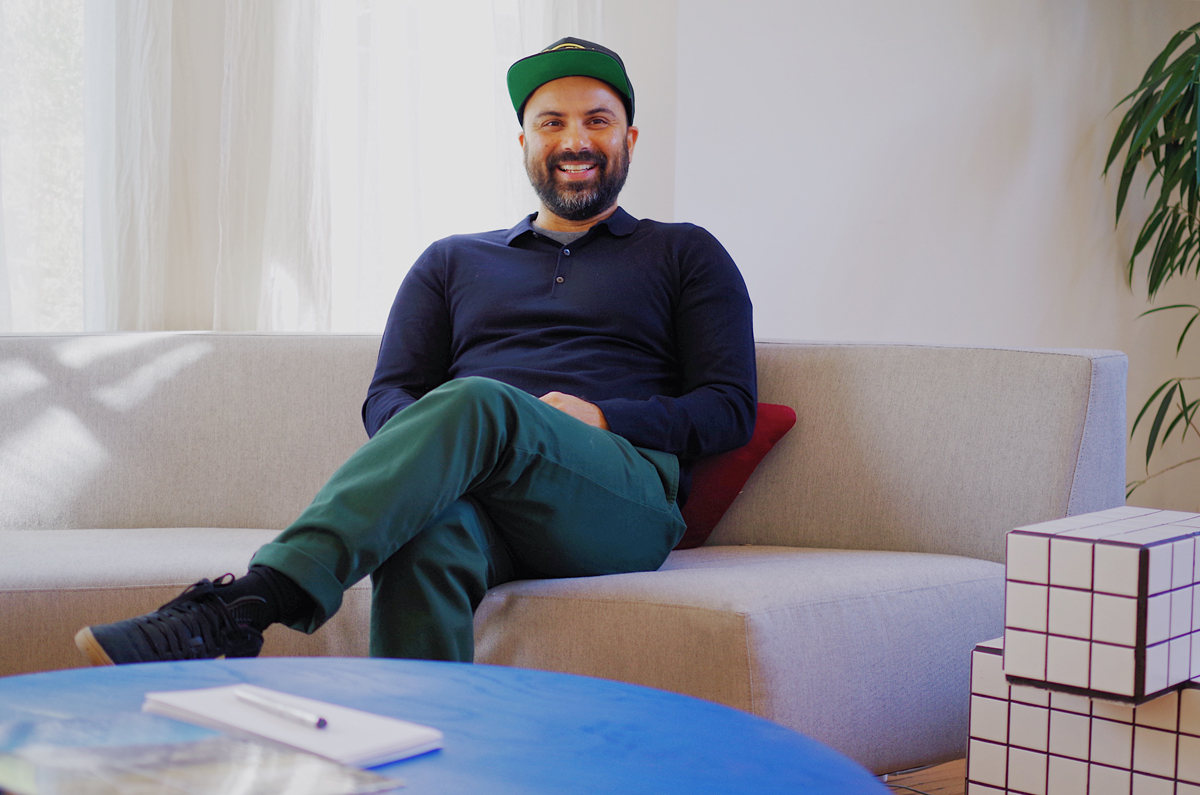
Can you explain your design process?
We start with an idea. We see something out in the marketplace that we want to make—like shelving brackets—that people weren’t bringing or designing. It’s mostly been focused around furniture and chairs being functional yet sculptural pieces of art. I want to make something that you’re going to be able to keep around for decades and pass around to generations to come. Each piece that we design is unique and special.
It’s about me sketching out ideas and giving them to the design team, building 3D models, looking at that, and changing things around…We definitely want to push the boundaries. We want to make something new. There’s a lot of back and forth. We have nine people here and everyone gives their input, like a design review. Sometimes I take their input and sometimes I’m like, “No, I need it this way.” It’s always fun to have everyone’s input, to see where their heads are at. It’s like a think tank.
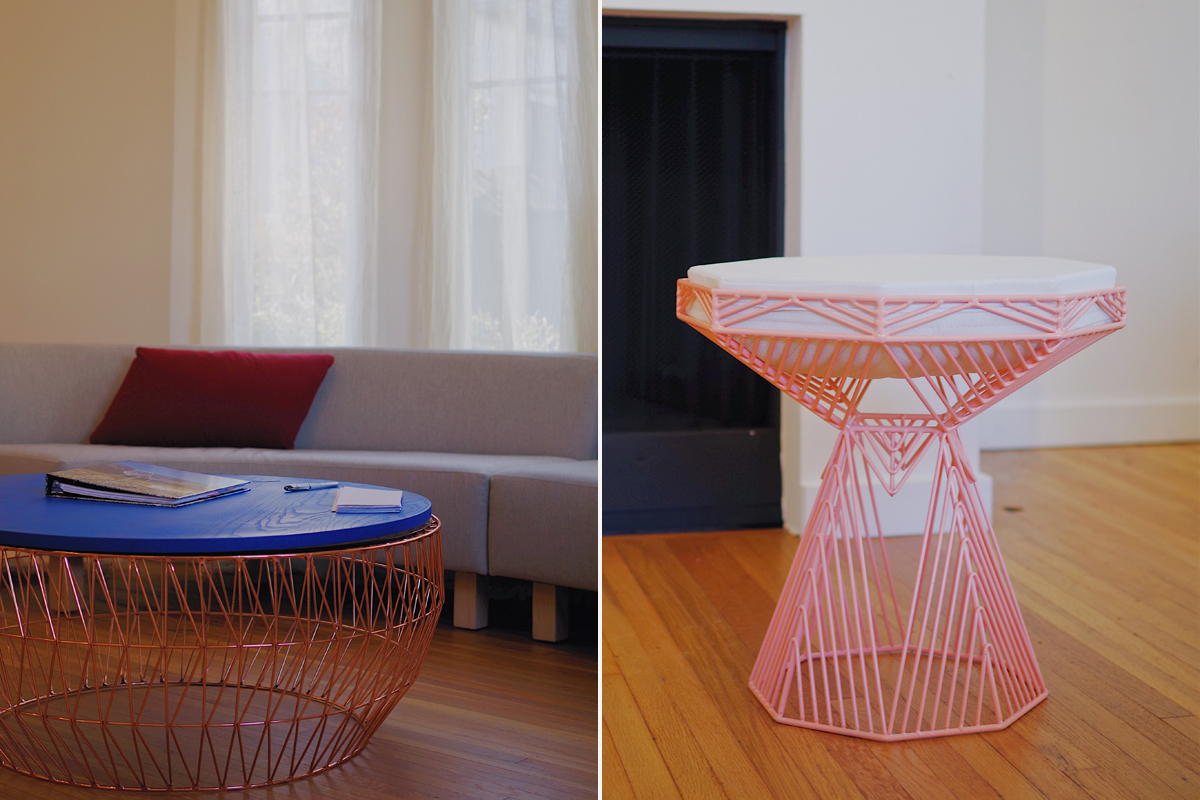
Your process incorporates quite a variety of forms. What’s the draw to having such a diversity in your practice?
When I started, I started with a couple of chairs and that was it. Then I quickly realized that I wanted to introduce other pieces into the collection. That was the “What more could I do with wire?” thought. I realized that there were endless opportunities: I could make tables, I could make bar stools, I could make accessories. I wanted to be able to explore wire in so many different realms and so many different types of products. There’s so much more! Now it’s become about how we have wire and incorporating other elements like wood and upholstery. How do we incorporate other materials to keep it cool and fresh and new, evolving the whole concept of what we’re doing? We don’t want to be just a chair company or just a wire company, there’s a lot of creativity. It’s not just about designing a piece of furniture, it’s about versatility—and the versatility of wire.
There seems to be a distinctly Californian aesthetic to your work. How do you see this landscape and this environment manifesting in your practice?
I grew up in Michigan which is very cold and, most of the time, you’re indoors, for about nine months out of the year. I always had this fascination with California. When I was younger, I wanted to move here. I wanted to be able to go outside, any time of the year…I wanted to design furniture that was indoor and outdoor: you could take [a chair] and put it out on a patio or the backyard but you could also have it inside, in your dining room or living room setting. In that way, I was really drawn to the California indoor/outdoor aspect of what I do. The colors too: some of them are very vibrant and full of life. You see that out in nature at times of the year, when things are so green and bright, when flowers are blooming.
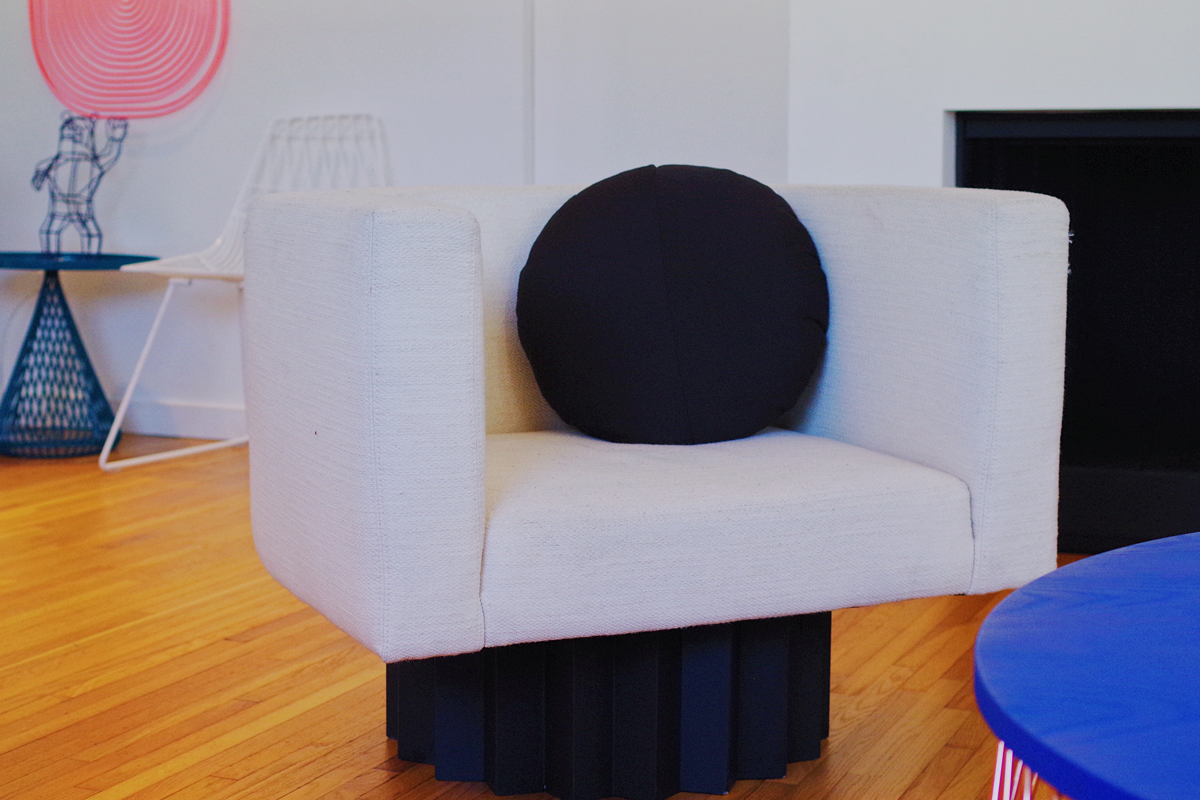
There are a lot of extremes happening in your work. For example, this house appears to be quite old on the outside but is very contemporary within. Your work is all about dualities: where does that come from?
It comes from wanting to keep things interesting. It’s as simple as that. Pushing the boundaries of design, like this house: what can we do with this house that looks very traditional on the outside but, when you come in here, it’s much more modern? The juxtaposition of this wire and the harshness of the wire with the softness of fabric brings out something new to the metal versus just having a metal chair. People always look at the chairs and think they must be uncomfortable but, when you actually sit in them, people always say that they’re really, really comfortable. That’s part of the duality. It’s about keeping things interesting, for myself too.
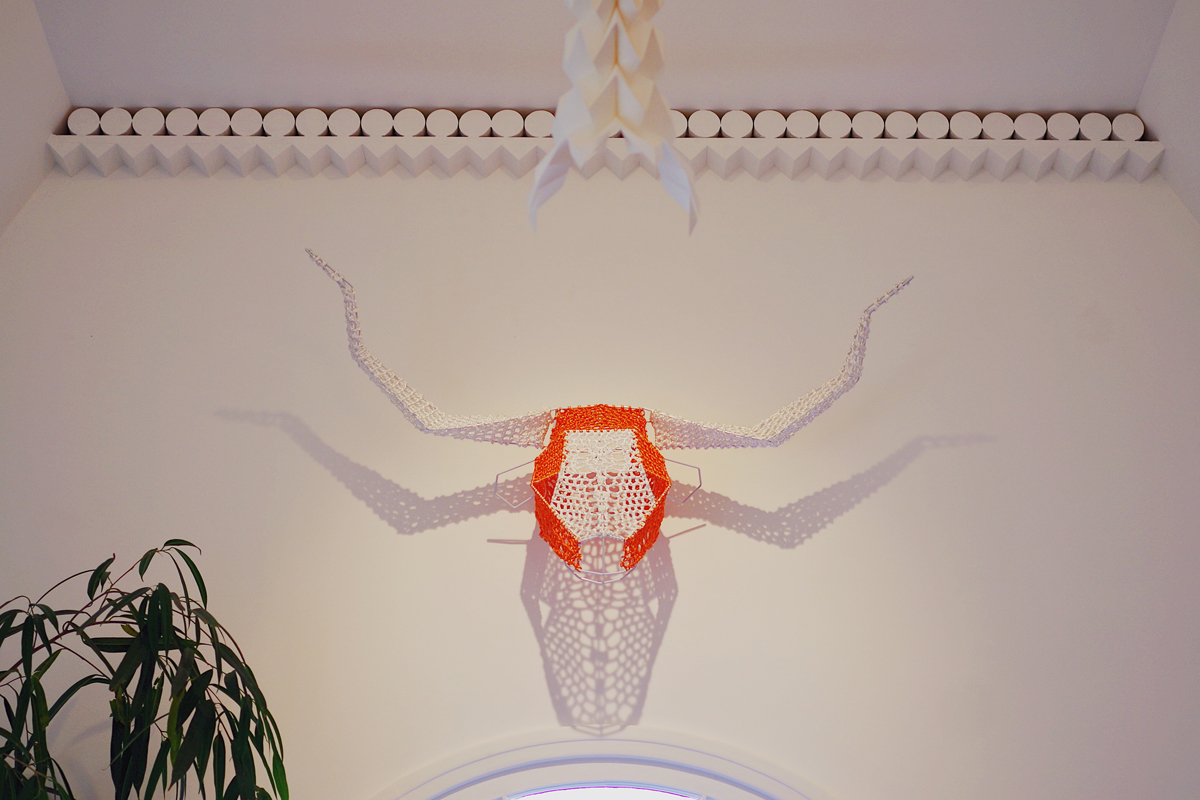
How does this space inform the process?
This property is a 1929 house. It had carpet, panel ceilings, panel walls, and, when you walked into it, it felt very claustrophobic. I thought it was a cute little house and I wanted to see what I could do with it, to see if an older house could have a modern spin to it. We needed a space to work out of and I was looking at houses because we’re a furniture company: we need a space to showcase furniture in a house setting…We renovated this in 2016 and it took nine months. We gutted everything, down to the studs. There was tearing down walls, raising ceilings, adding interesting architectural details to the space. We had to redo the plumbing, the electrical, the bathrooms, tear out all the tiles. It was actually fixing the bones of the house because there were places that were falling apart. It was cool. It was an experiment.
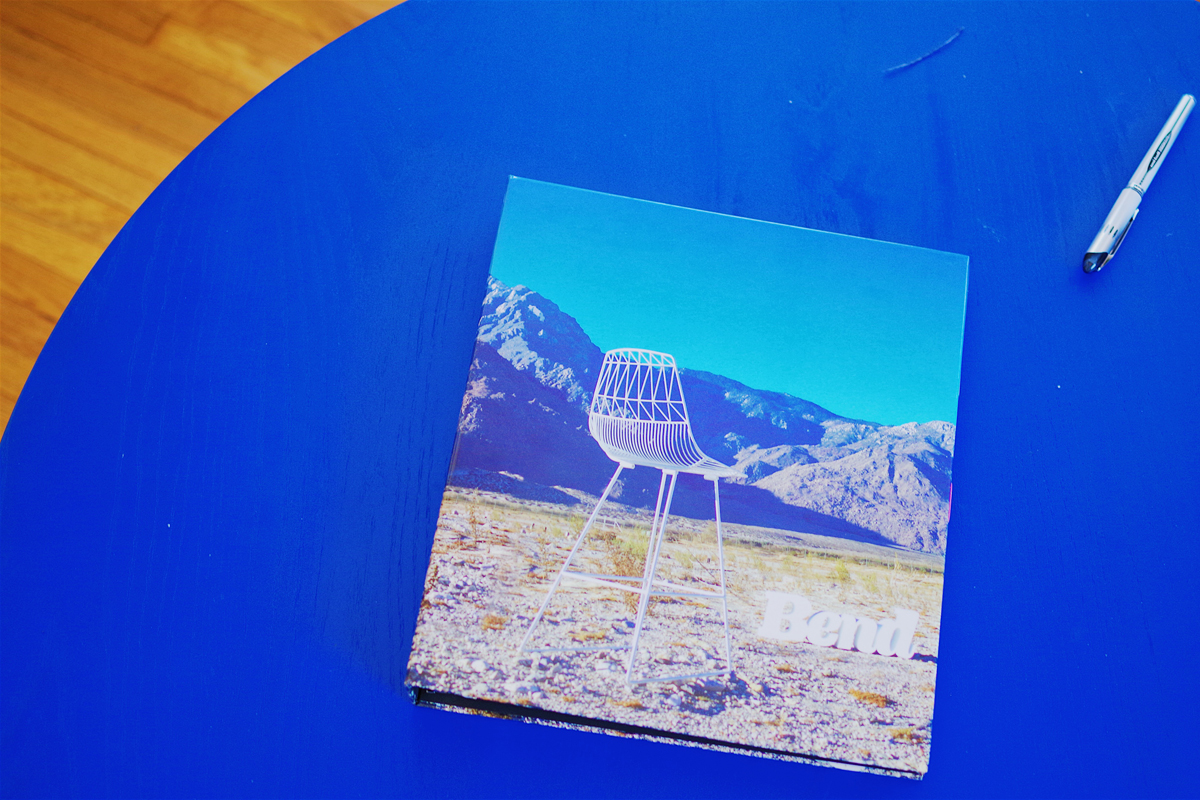
What’s next for Bend? Anything in particular you’re excited for?
There’s a bunch of things happening! We’re working on another renovation project. There might be another renovation after that, too. We’re expanding the idea of what we do. We love to evolve and change spaces, to create something new. We’re doing a bunch of trade shows including our first time at Maison & Objet in Paris. And, maybe, we’ll be doing a showroom. We’ll see.
Images by Kyle Raymond Fitzpatrick












